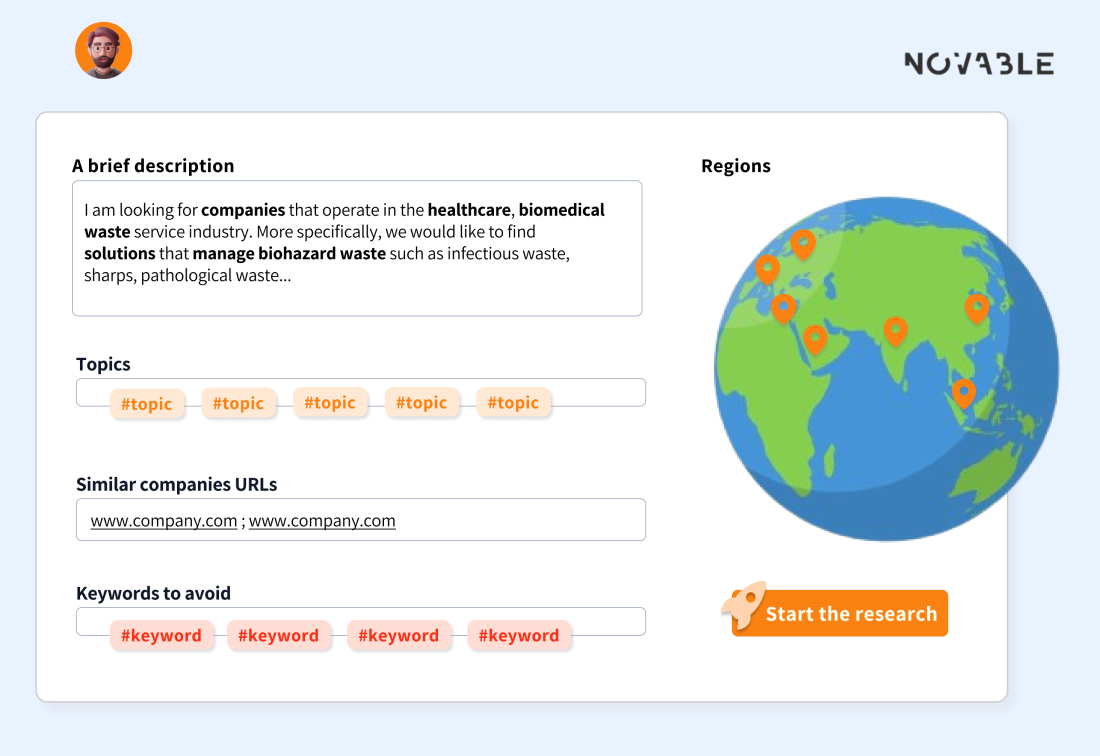Innovation Scouting is becoming a pivotal strategy for businesses seeking to stay ahead of the curve in today’s fast-paced, technology-driven market. This approach involves identifying, evaluating, and collaborating with external companies, startups, and research institutions to gain new technologies, ideas, and solutions. For innovation professionals, understanding and mastering Innovation Scouting is crucial to drive sustained growth and maintain a competitive edge.

In this article, we will delve into the concept of Innovation Scouting, explore its benefits, and present research-backed insights to highlight its importance. We will also discuss the strategies that innovation professionals can use to collaborate effectively with innovative companies.
Innovation Scouting is a proactive search for new technologies, ideas, products, and business models outside the company’s internal R&D environment. This process involves exploring markets, engaging with startups, academic institutions, and technology partners to identify potential collaborations that can lead to breakthrough innovations.
Here are the key components of Innovation Scouting:
Why does it matter? In a world where technology and consumer preferences evolve rapidly, relying solely on internal innovation can limit growth opportunities. Innovation Scouting opens up a broader landscape of possibilities by tapping into external expertise and creative solutions.
Innovation Scouting can take various forms depending on the specific goals and focus of the activity. Each type plays a unique role in enhancing an organisation’s ability to innovate and grow. Let’s take a look at the most common approaches.
1. Technology Scouting
It involves searching for emerging technologies and innovations that can elevate an organisation’s technical capabilities. The focus is on identifying breakthrough solutions that could be integrated into existing processes or products, driving significant advancements in performance and efficiency.
2. Open Innovation Scouting
Open Innovation Scouting emphasises partnerships with external entities as startups, universities, and research labs. The aim is to tap into a wider pool of ideas and expertise, leveraging these collaborations to fuel innovation and speed up the development of new solutions.
3. External Knowledge Sourcing
This approach involves systematically acquiring knowledge from outside the organisation to boost internal innovation efforts. By drawing on insights from external networks, companies can access new perspectives and specialised knowledge that might not be available within their teams.
4. Startup Scouting
Startup Scouting focuses on discovering and assessing emerging technologies and ideas developed by startups. By collaborating with these agile and innovative companies, organisations can gain access to novel solutions that have the potential to disrupt the market or create new business opportunities.
5. Innovator Network Scouting
This type of scouting is all about building connections with a diverse range of innovators and thought leaders. By creating a robust network of external collaborators, companies can bridge gaps in their own expertise and drive innovation through shared knowledge and resources.
6. External Technology Acquisition
External technology acquisition involves identifying and acquiring new technologies from outside sources to enhance an organisation’s capabilities. This strategy focuses on integrating these technologies effectively to maximise innovation performance and to create strategic advantages.
Innovation Scouting is not just a trend; it’s a necessity for businesses striving to lead in their industries.
It accelerates innovation cycles. With the right partnerships, businesses can shorten the time it takes to bring new products or services to market.
It reduces R&D costs. By collaborating with startups and innovators, companies can leverage existing technologies instead of developing solutions from scratch.
It diversifies risk. Engaging with external innovators spreads the risk associated with research and development investments.
It opens new revenue streams. Innovation Scouting can uncover opportunities for new products or services that can create entirely new market segments.
For innovation professionals, leveraging these partnerships can result in a faster go-to-market strategy, greater adaptability, and a sharper competitive edge.
To maximise the benefits of Innovation Scouting, innovation professionals should consider implementing the following strategies:
Leverage digital platforms.
Utilise Open Innovation Platforms like Novable to connect with innovators globally.
Join online communities and networks where startups, entrepreneurs, and tech experts share the latest developments.
Establish a scouting team.
Form a dedicated team responsible for Innovation Scouting, focusing on trend analysis, technology evaluation, and relationship-building. Ensure that this team has a diverse skill set, including technical expertise, market insight, and negotiation capabilities.
Create a win-win scenario.
Provide mentorship and resources to promising startups in exchange for potential partnerships or technology licensing agreements.
Adopt a strategic scouting framework.
Define your innovation goals following the Corporate Venturing Framework™, the criteria for selecting partners, and the metrics to measure success. Regularly assess and adjust your strategy based on market feedback and evolving business objectives.

Foster a culture of Open Innovation.
Encourage an open mindset within the organisation, where employees at all levels are motivated to suggest and explore new ideas. Promote a culture that values collaboration with external partners as a path to breakthrough innovations.
Despite its numerous benefits, Innovation Scouting also comes with its set of challenges.
Identifying the right partners. With a vast number of startups and technology providers, finding the right fit can be overwhelming. A solution is to use AI-driven scouting tools that analyse and match potential partners based on your company’s specific needs and goals.
Intellectual Property (IP) concerns. Protecting IP while engaging with external partners can be a major concern. Implement clear legal frameworks and non-disclosure agreements (NDAs) to safeguard your innovations during the collaboration process.
Integration issues. Incorporating external innovations into existing systems and workflows can be complex. Develop an integration roadmap that includes technical compatibility checks, resource allocation, and employee training.
Managing expectations. Aligning expectations between your company and the external partner can be difficult. Establish clear objectives, timelines, and communication channels to ensure both parties are on the same page.
What do you think about the topic? Let us know on LinkedIn!